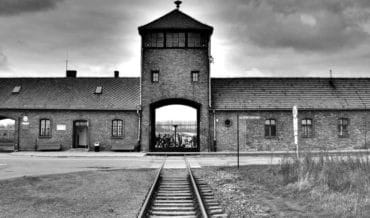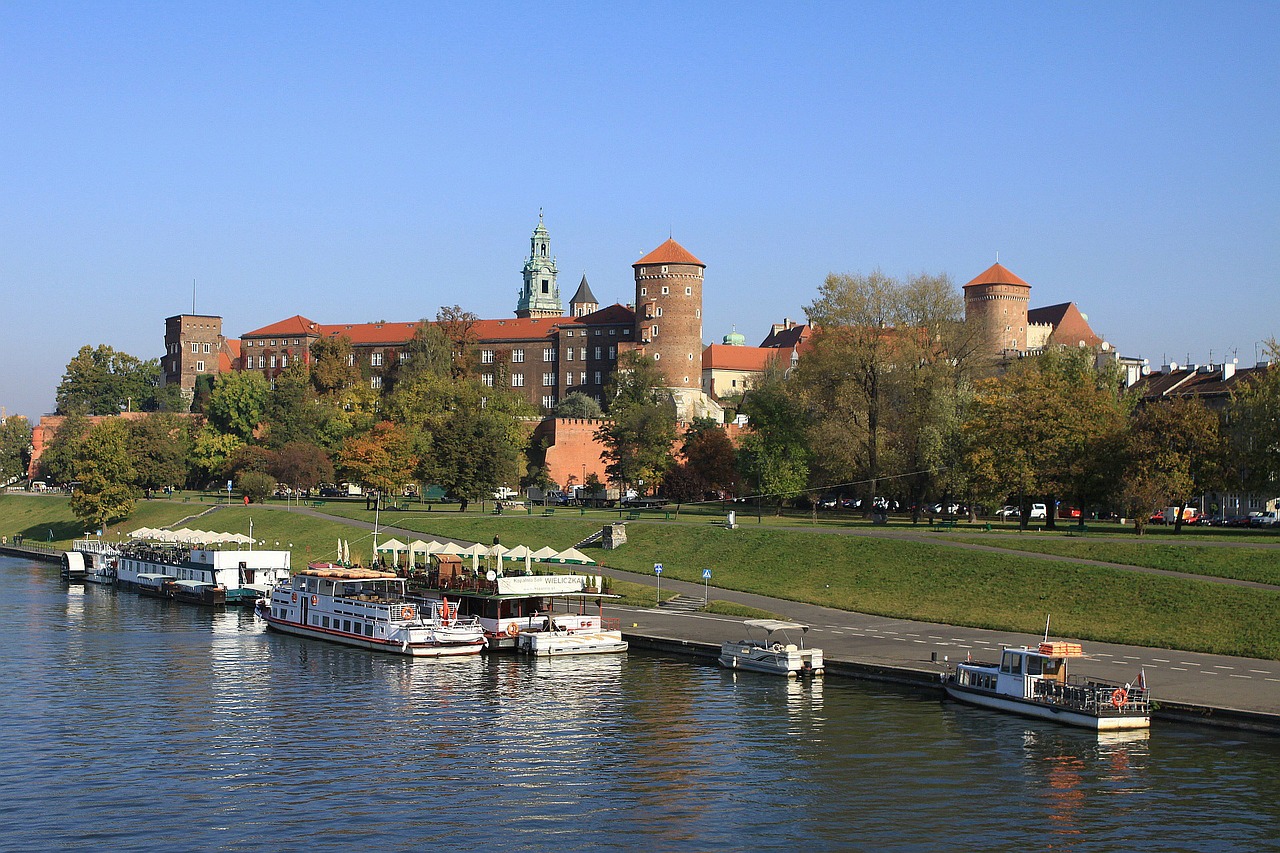Contents
Key Facts
- 15th-century illuminator and painter who came to Krakow from Silesia
- Royal court artist who called himself "pictor et illuminator regius" (royal painter and illuminator)
- Close collaborator with renowned historian Jan Długosz
- Creator of 56 Teutonic banner images captured at the battles of Grunwald and Koronowo
- Ordained as minor priest towards the end of his life
- Active period: approximately 1450-1485
- Notable works: Wawel Cathedral illuminations and the Image of the Virgin Mary in Świętokrzyska chapel
Biography and Background
Stanisław Durink was a prominent illuminator and painter of the 15th century who came to Krakow from Silesia, establishing himself as one of the most significant artists of his time in the Polish royal capital. His migration from Silesia to Krakow reflects the broader cultural and artistic exchanges that characterized medieval Central Europe, where talented artisans sought patronage at royal courts and ecclesiastical centers.
Historical documentation of Durink's life comes primarily from cathedral archives at Wawel Castle and references in Jan Długosz's comprehensive chronicles of Polish history. These primary sources provide the foundation for our understanding of his artistic career and contributions to medieval Polish art.
Early Life and Origins
While specific details about Durink's early life remain limited, historical records from the Wawel Cathedral archives indicate that he originated from Silesia, a region known for its rich artistic traditions and skilled craftsmen. His decision to relocate to Krakow likely stemmed from the city's growing importance as the capital of the Kingdom of Poland and its flourishing artistic scene under the Jagiellonian dynasty.
Archaeological evidence and surviving manuscripts suggest that Silesia served as a crucial training ground for medieval illuminators, with established workshops that produced artists capable of working at major European courts.
Professional Career and Royal Connections
Court Position and Title
Durink established himself as a royal artist, proudly using the title "pictor et illuminator regius" (royal painter and illuminator) as documented in surviving payment records from the royal treasury. This prestigious designation indicated his official status within the royal court hierarchy and reflected the high regard in which his artistic skills were held. The title also granted him certain privileges and a steady income, allowing him to focus on his most ambitious projects.
Court records from the period indicate that royal artists like Durink received not only monetary compensation but also housing privileges within the castle complex and access to the finest materials imported from across Europe.
Relationship with Jan Długosz
One of the most significant aspects of Durink's career was his close collaboration with Jan Długosz (1415-1480), the famous Polish historian, diplomat, and chronicler. This professional relationship, documented extensively in Długosz's own writings and correspondence, proved mutually beneficial:
- Długosz provided historical content and scholarly guidance for artistic projects
- Durink contributed visual elements that enhanced Długosz's written works
- Their collaboration represented a perfect synthesis of scholarly research and artistic excellence
This partnership is particularly evident in the creation of the Teutonic banner illustrations, where Długosz's historical research provided the accurate heraldic details that Durink then transformed into precise visual representations.
Ecclesiastical Connections
Durink maintained strong ties with the cathedral chapter, which provided him with numerous commissions for religious manuscripts and liturgical objects. These connections, documented in cathedral financial records, were crucial for his career, as the Church was one of the primary patrons of illuminated manuscripts during this period.
Major Works and Artistic Achievements
The Teutonic Banner Series
Perhaps Durink's most historically significant work was his creation of images depicting 56 Teutonic banners captured at the battles of Grunwald (1410) and Koronowo (1410). These images, preserved in Długosz's Annales seu cronicae incliti Regni Poloniae, were created decades after the actual battles but based on careful historical research and examination of the preserved banners themselves.
The banner series served multiple purposes:
- Historical documentation of Polish military victories over the Teutonic Order
- Artistic celebration of national triumphs during the Jagiellonian period
- Symbolic representation of the defeat of the Teutonic Order
The precision and detail in these banner illustrations demonstrate Durink's exceptional skill in heraldic art and his deep understanding of military history and symbolism. Modern heraldic analysis has confirmed the accuracy of many of these representations when compared with surviving contemporary descriptions.
Manuscript Illuminations
Wawel Cathedral Codices
Durink is credited with creating illuminations in two important codices housed at Wawel Cathedral. These works, which can still be viewed in the cathedral treasury, showcase his mastery of:
- Miniature painting techniques using tempera and gold leaf
- Religious iconography following both Western and Eastern Christian traditions
- Decorative border designs incorporating Polish heraldic elements
- Advanced pigment application using imported materials from Venice and Bruges
Recent conservation work on these manuscripts has revealed the sophisticated layering techniques Durink employed, demonstrating his knowledge of the most advanced illumination methods of his time.
The Łęczyca Gradual (1467)
Another significant work attributed to Durink is the illumination of the Łęczyca gradual from 1467. This liturgical manuscript, funded by Adam Będkowski, a Krakow canon, is documented in cathedral records as one of Durink's commissioned works. The gradual represents:
- High-quality liturgical art characteristic of the Polish Gothic period
- Collaboration between artist and clergy in preserving religious traditions
- Integration of musical notation with decorative elements
Art historians have noted that this gradual demonstrates Durink's ability to adapt his style to different liturgical requirements while maintaining his characteristic attention to detail.
Religious Paintings
Image of the Virgin Mary
One of Durink's most notable religious works is the Image of the Virgin Mary located in the altar of the Świętokrzyska (Holy Cross) chapel of the Wawel cathedral. Created between 1470-1485 according to stylistic analysis and dendrochronological dating of the wooden panel, this painting was commissioned by Queen Elizabeth of Austria (wife of Casimir IV Jagiellon), as documented in royal patronage records.
The work demonstrates:
- Royal patronage of religious art during the height of Jagiellonian power
- Durink's mastery of panel painting techniques beyond manuscript illumination
- Byzantine iconographic influences combined with Western Gothic elements
- Advanced use of oil-based pigments recently introduced to Central Europe
Artistic Style and Techniques
Technical Innovation
Recent scientific analysis of Durink's surviving works has revealed his use of innovative techniques that were advanced for 15th-century Central Europe:
- Layered pigment application creating depth and luminosity
- Mixed media approaches combining tempera with early oil-based binders
- Sophisticated underdrawing techniques revealed through infrared reflectography
- Import of high-quality materials including ultramarine blue and gold leaf
Stylistic Influences
Durink's work demonstrates the convergence of multiple artistic traditions active in 15th-century Europe:
- Flemish painting techniques brought to Poland through trade connections
- Gothic manuscript traditions inherited from earlier Polish scriptoriums
- Byzantine iconographic elements reflecting Poland's position between East and West
- Early Renaissance naturalism beginning to influence Central European art
Religious Life and Later Years
Ordination as Minor Priest
Towards the end of his life, Durink was ordained as a minor priest, a decision documented in cathedral records that reflects the deep religious conviction common among medieval artists. This ordination provided him with:
- Ecclesiastical income supplementing his artistic earnings
- Enhanced status within the cathedral community
- Access to religious texts and iconographic sources for his work
Legacy and Influence
Durink's workshop in Krakow trained several apprentices who continued his artistic traditions. Cathedral records mention at least three students who later established their own practices, contributing to the continuity of illumination arts in Poland through the late 15th and early 16th centuries. The scholarly environment fostered by institutions like Jagiellonian University provided an ideal setting for artistic development and cultural exchange during this period.
Historical Significance and Modern Assessment
Cultural Documentation
Stanisław Durink's work serves as crucial visual documentation of 15th-century Polish court culture, political victories, and religious practices. His artistic output provides historians with:
- Visual records of historical events like the Grunwald victory
- Documentation of court ceremony and royal patronage
- Evidence of international artistic exchange in medieval Central Europe
- Examples of religious devotional practices among Polish nobility
Scholarly Recognition
Modern art historians, including specialists in medieval Polish art, recognize Durink as a pivotal figure in the development of indigenous artistic traditions during the Jagiellonian period. His work represents a successful synthesis of international influences with local cultural requirements.
Preservation and Current Status
Today, Durink's surviving works are preserved in several institutions:
- Cathedral treasury houses his illuminated codices
- The Holy Cross chapel displays his Virgin Mary painting
- Digital archives maintained by Polish cultural institutions provide scholarly access
These works continue to be studied through advanced conservation techniques and art historical analysis, contributing to our understanding of medieval European artistic networks and cultural exchange.
Further Reading
For those interested in exploring Stanisław Durink's work and its historical context, the Wawel Royal Castle Museum maintains extensive archives and offers guided tours of the cathedral treasury where his illuminated manuscripts can be viewed. The Polish Academy of Sciences also maintains digital collections of medieval Polish art that include high-resolution images of Durink's surviving works. Additionally, institutions such as the National Museum, the Czartoryski Museum, and the Historical Museum of Krakow house important collections of medieval and Renaissance art that provide valuable context for understanding Durink's artistic achievements and the cultural environment in which he worked.


